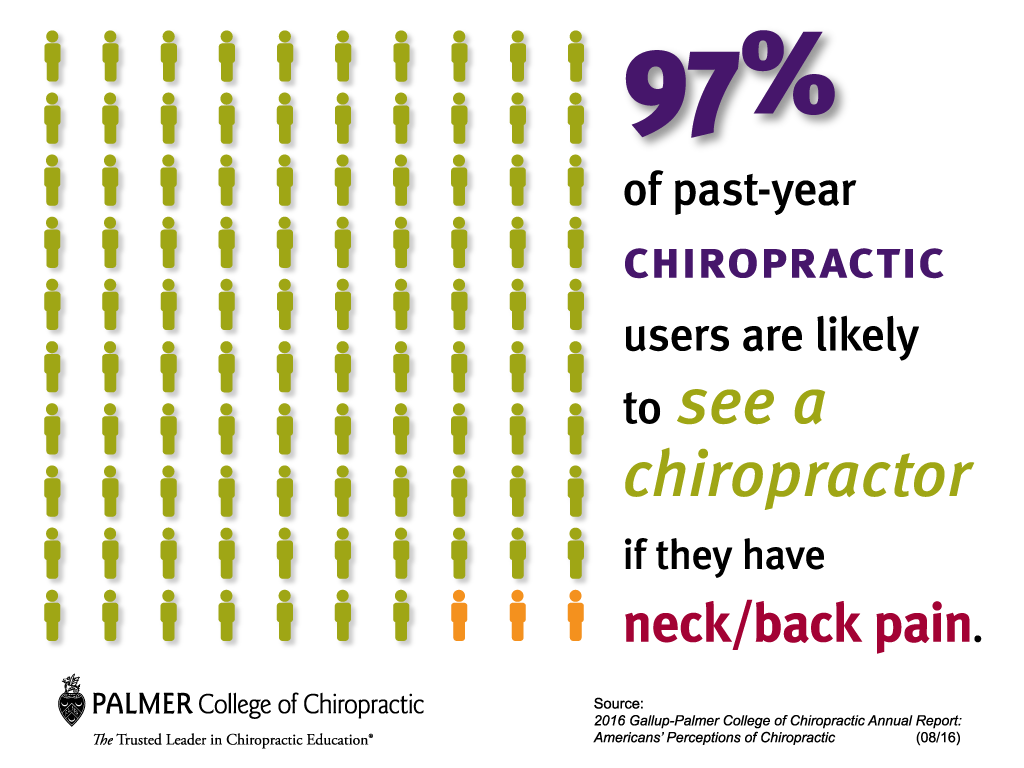Necessary Daily Behaviors That Can Create Neck And Back Pain And Just How To Avoid Them
Necessary Daily Behaviors That Can Create Neck And Back Pain And Just How To Avoid Them
Blog Article
lower back pain cause -Hermansen Baxter
Keeping correct pose and avoiding common challenges in daily tasks can significantly influence your back health and wellness. From just how you rest at your workdesk to just how you raise hefty objects, little adjustments can make a big distinction. Imagine a day without the nagging neck and back pain that impedes your every step; the option may be easier than you assume. By making a few tweaks to your daily habits, you could be on your method to a pain-free existence.
Poor Pose and Sedentary Way Of Living
Poor position and an inactive lifestyle are 2 major factors to neck and back pain. When you slouch or hunch over while sitting or standing, you placed unnecessary pressure on your back muscles and back. This can bring about muscle mass discrepancies, stress, and ultimately, persistent neck and back pain. Additionally, sitting for long periods without breaks or physical activity can damage your back muscle mass and result in stiffness and pain.
To battle bad posture, make an aware effort to sit and stand straight with your shoulders back and lined up with your ears. Remember to keep your feet level on the ground and avoid crossing your legs for extensive periods.
Incorporating normal stretching and reinforcing exercises into your everyday routine can additionally aid boost your posture and relieve neck and back pain related to a sedentary way of living.
Incorrect Training Techniques
Inappropriate lifting strategies can significantly contribute to pain in the back and injuries. When you raise heavy things, keep in mind to bend your knees and utilize your legs to lift, rather than relying upon your back muscle mass. back stiffness turning your body while lifting and keep the item close to your body to lower pressure on your back. It's crucial to maintain a straight back and avoid rounding your shoulders while lifting to stop unnecessary pressure on your spine.
Always examine the weight of the things prior to lifting it. If it's too hefty, request help or usage equipment like a dolly or cart to transfer it securely.
Remember to take breaks during raising tasks to provide your back muscular tissues an opportunity to rest and prevent overexertion. By executing appropriate lifting strategies, you can stop pain in the back and minimize the risk of injuries, guaranteeing your back stays healthy and balanced and strong for the long term.
Absence of Routine Exercise and Stretching
An inactive lifestyle without normal exercise and stretching can substantially contribute to neck and back pain and discomfort. When you do not participate in physical activity, your muscle mass come to be weak and stringent, leading to poor position and boosted stress on your back. integrated medicine austin reinforce the muscles that sustain your spine, enhancing stability and reducing the threat of neck and back pain. Including stretching into your regimen can likewise enhance flexibility, avoiding stiffness and pain in your back muscular tissues.
To avoid pain in the back caused by an absence of workout and stretching, go for a minimum of thirty minutes of modest physical activity most days of the week. Include exercises that target your core muscles, as a solid core can assist alleviate stress on your back.
In addition, take breaks to extend and move throughout the day, specifically if you have a workdesk task. Straightforward stretches like touching your toes or doing shoulder rolls can assist soothe stress and protect against neck and back pain. Prioritizing regular workout and stretching can go a long way in maintaining a healthy back and reducing pain.
Final thought
So, remember to sit up right, lift with your legs, and stay active to prevent back pain. By making easy changes to your day-to-day behaviors, you can avoid the pain and limitations that include back pain. Look after your back and muscles by practicing excellent position, correct training techniques, and routine workout. Your back will thanks for it!
